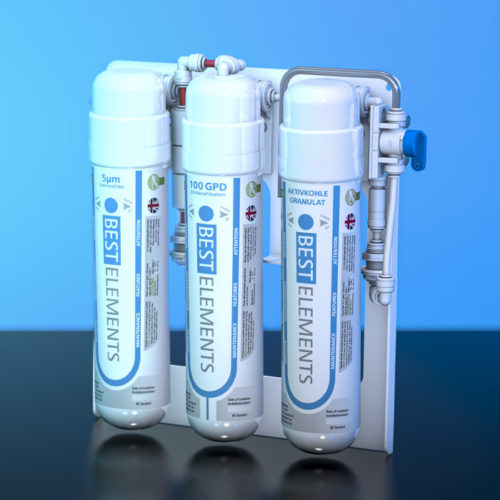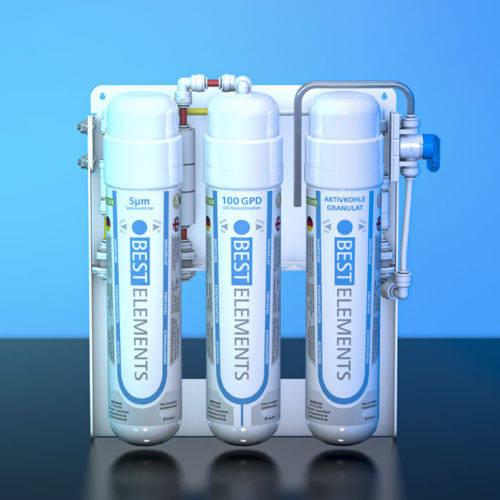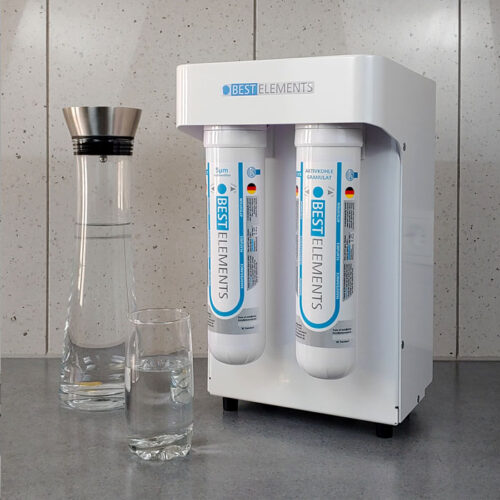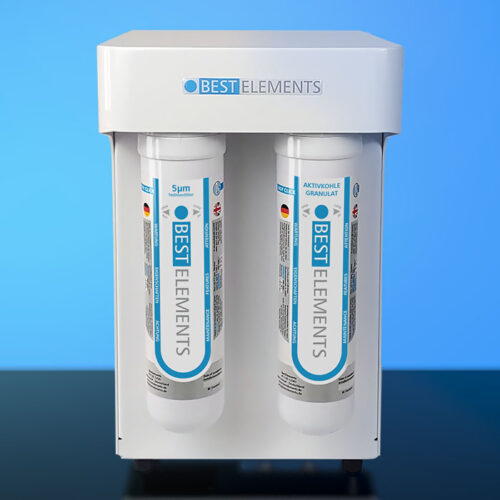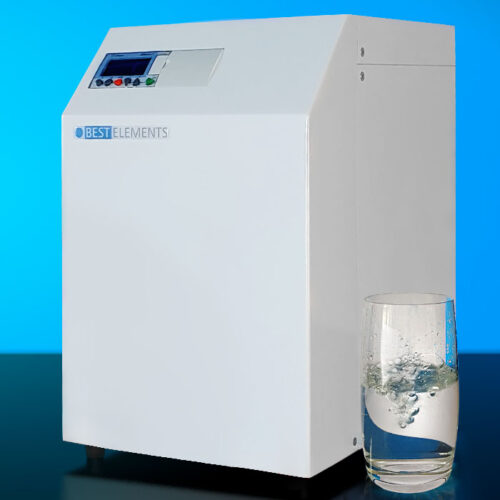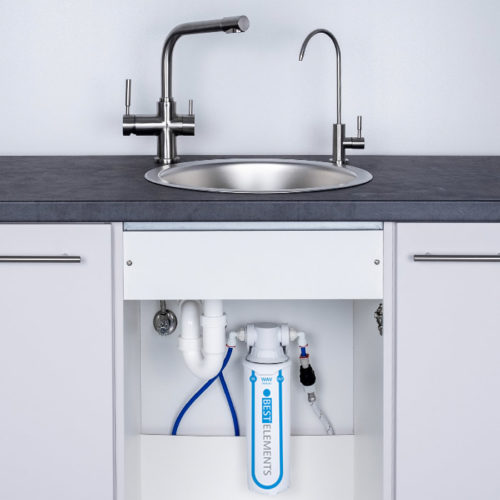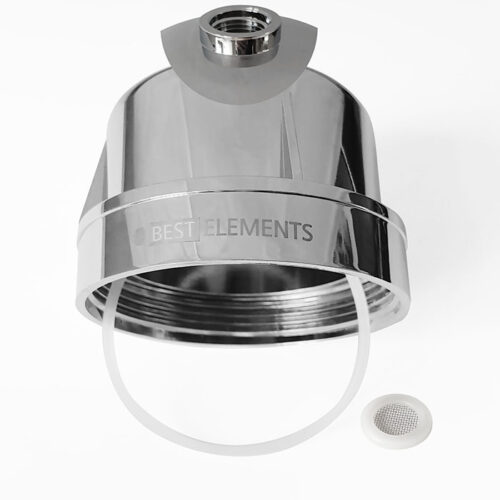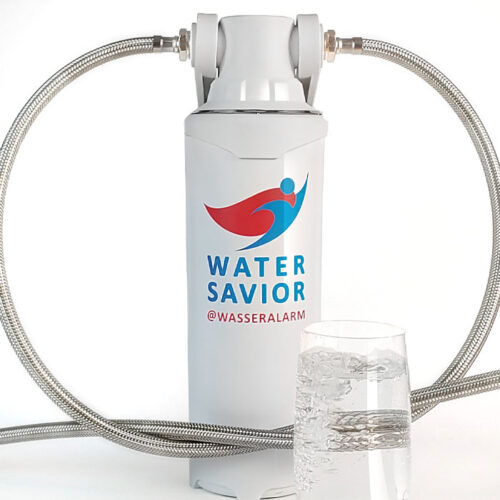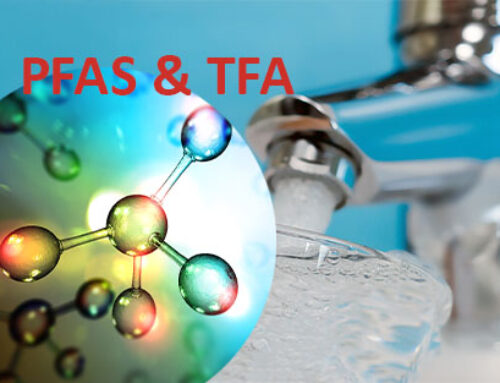Trifluoroacetic acid (trifluoroacetate), a subset of the PFAS group of chemicals
TFA in drinking water does not degrade, which is why it is also referred to as a perpetual chemical. Each new entry further increases the chemical concentration in the environment. TFA is found in food and drinking water. Consumers and experts alike are demanding action.
For example, wines have contained TFA concentrations of up to 300 µg/l since the turn of the millennium. This means that the value has increased tenfold in recent years.
TFA in drinking water
The TFA concentration in the Rhine has doubled, and when rivers are contaminated, drinking water is also affected. TFA in drinking water samples has been measured at levels ranging from less than 1 µg/l to 2.4 µg/l.
TFA is also found in mineral water at 0.1–1.8 µg/l. This means that it is no longer originally pure water. There are no limits for mineral water, only a conductivity value of 60 µg/l. In Switzerland and the Netherlands, these values are lower, at 10 µg/l (CH) and 2.2 µg/l (NL), respectively.
PFAS is present in the soil due to pesticides, and these high concentrations can thus enter groundwater and thus drinking water. Restriction is urgently needed from an ecological and health perspective.
Industry discharges TFA as waste into rivers, with up to 24 kg of TFA being discharged daily into rivers (e.g., the Neckar River). The industry even submitted a request to increase the guideline value beyond 60 µg/l. The recommended maximum limit is 10 µg/l.
TFA in food
We also absorb TFA through food. Levels of up to 420 µg/kg were measured in samples of 48 grain products. This corresponds to 100 to 1,000 times the TFA levels in groundwater and drinking water.
Public broadcaster: ARD Germany

